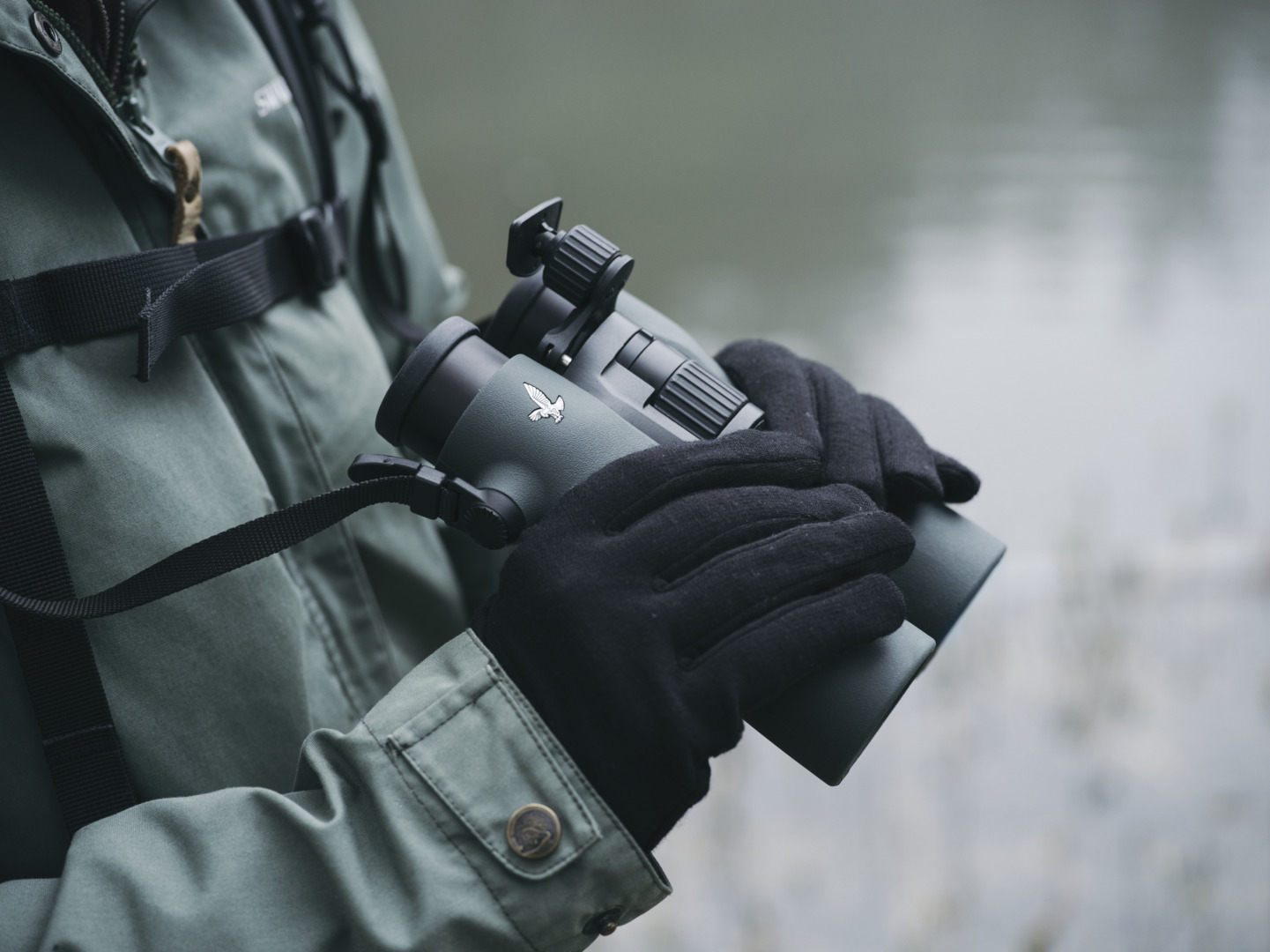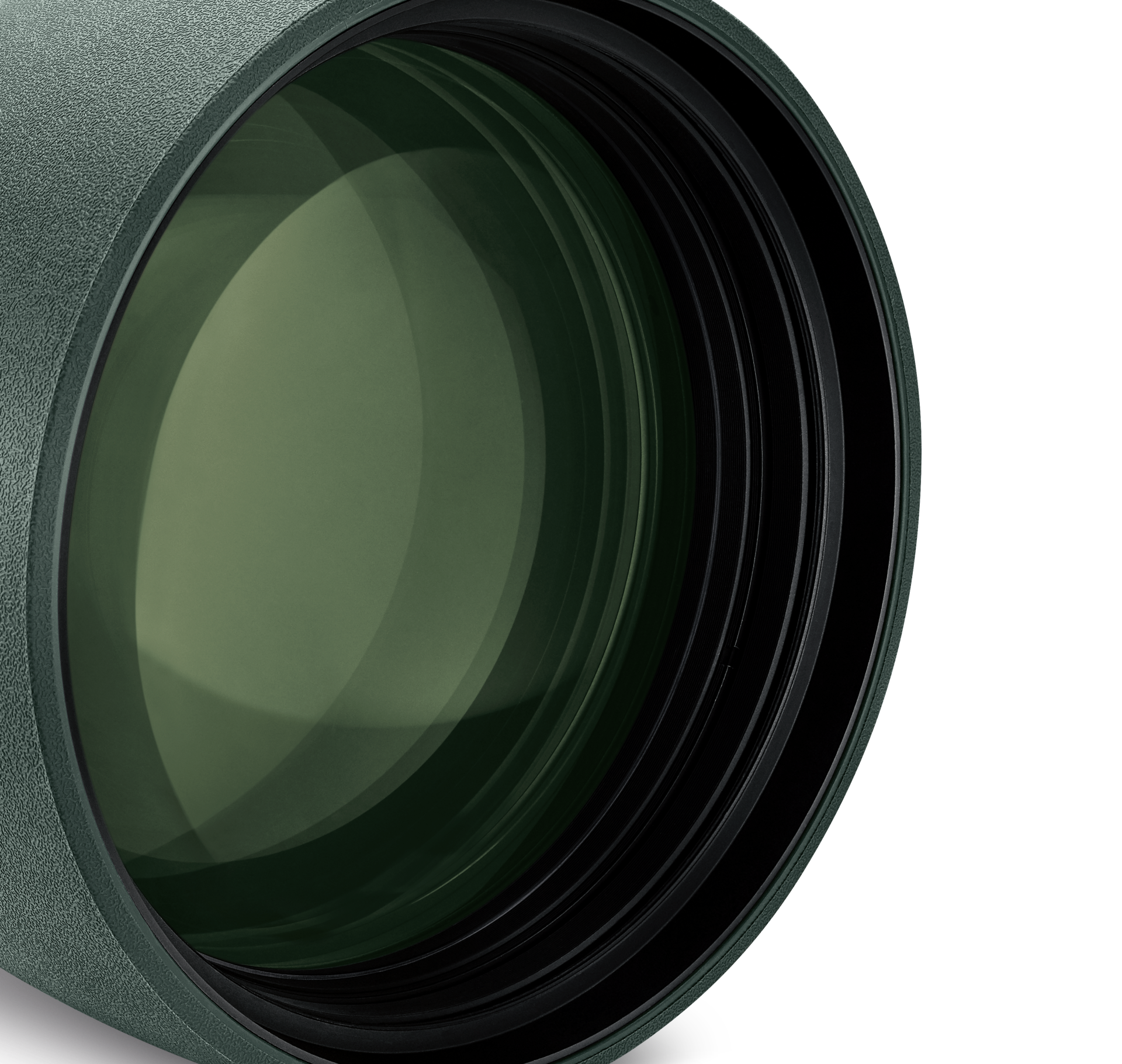ONE WITH NATURE


Menu
Products
Intended use
Service


Product & Technical Services, Tips & Care, Tutorials, Downloads, Declarations of conformity

The NL Pure 8x32 are the most compact binoculars in the NL Pure series. With a field of view of 150 m (164 yds), they provide a perfect overview. This makes them ideal travel binoculars for users looking for a premium product. The 8x magnification provides a perfect overview of the action. The 32 mm objective lens diameter is ideal for observing in daylight. Thanks to their wasp waist design, they sit ergonomically in your hand and weigh just 640 g (22.5 oz).
Images are for illustrative purposes only. Please note the actual scope of delivery (see below).
ONE WITH NATURE


The NL Pure 8x32 are binoculars for everywhere. The little space-saving marvels from the NL Pure product series are packed with groundbreaking optical performance. This makes the NL Pure 8x32 both a premium product and a compact companion. The binoculars open up unprecedented daylight viewing experiences for everyone who loves nature.
The NL Pure 8x32 are ideal for the following purposes:
For users looking for a compact but high-quality optical device
For viewing outdoors in daylight
As a second set of binoculars that will fit in any bag
Overview of the NL Pure 8x32:
8x magnification
150 m (164 yds) field of view at a distance of 1,000 m (1,094 yds).
Light weight: 640g (22.5 oz)
Compact dimensions: 144 x 130 x 65 mm (5.7 x 5.1 x 2.6 in)
Its compact dimensions make this optical device an ideal travel companion. Thanks to the revolutionary wasp waist, the binoculars mold ideally to your hand. Even over extended periods of use, this design combined with a light weight of 640 g (22.5 oz) guarantee relaxed viewing. The optional forehead rest has been developed to allow users to observe in comfort for hours and prevent fatigue.
The innovative SWAROVISION technology ensures perfect color fidelity and distortion-free images with field flattener lenses. The special curvature of the lenses makes it possible to identify even the tiniest details in lifelike, high-contrast, and razor-sharp focus all the way to the edges. The edge sharpness eliminates the need to constantly refocus.
For people who love nature
With their large field of view and almost indiscernible edges, the NL Pure 8x32 are made for people who love nature. The NL abbreviation for the product series actually stands for “Nature Lovers”. From birdwatching to studying nature or exploring the great outdoors – the NL Pure 8x32 binoculars impress with their compact dimensions and technical sophistication. Even over extended periods of use, the ergonomic design stops your hands feeling tired. The integrated SWAROVISION technology ensures color fidelity in every detail. The NL Pure therefore guarantees an outstanding nature experience and a good overview for observations in daylight.
The NL Pure series
The binoculars in the NL Pure series offer an enormous field of view all the way to the edges. Thanks to the wasp waist, each optical device sits ergonomically in your hand, making it a trusted companion even over extended periods of use. The amazing quality provided by SWAROVISION and the field flattener lenses guarantees precise and razor-sharp images with no distortion.
 NL Pure 8x32
NL Pure 8x32Awesome clarity the best on the market I have an I phone 16 and read somewhere you can get an attachment to hook to my binoculars
Best 8x32 binos PERIOD. Field of view is unmatched …Color is as good as it gets…Ive owned Swarovski binos for over 30 years I currently own 3 pairs of EL S AND 3pairs of NL S …from 8x32s to 10x52s ..all the binoculars I own now are Swarovski. I’ve been an Avid hunter for over 50 years. In my opinion I exclusively own Swarovski binos because they are the best glass for hunting money can buy !
I used the NL 8×32 GREEN for bird watching in my back yard. The lenses are super crisp and you can see all of the coloring detail superbly. I would like to have the 8x42 as well for distance. Highly recommend.
I love the quality and the weight of these binoculars.
 Customer ServiceMO - TH 8:00 - 17:00 AND FR 8:00 - 12:0000800 3242 5056customerservice@swarovskioptik.com
Customer ServiceMO - TH 8:00 - 17:00 AND FR 8:00 - 12:0000800 3242 5056customerservice@swarovskioptik.com